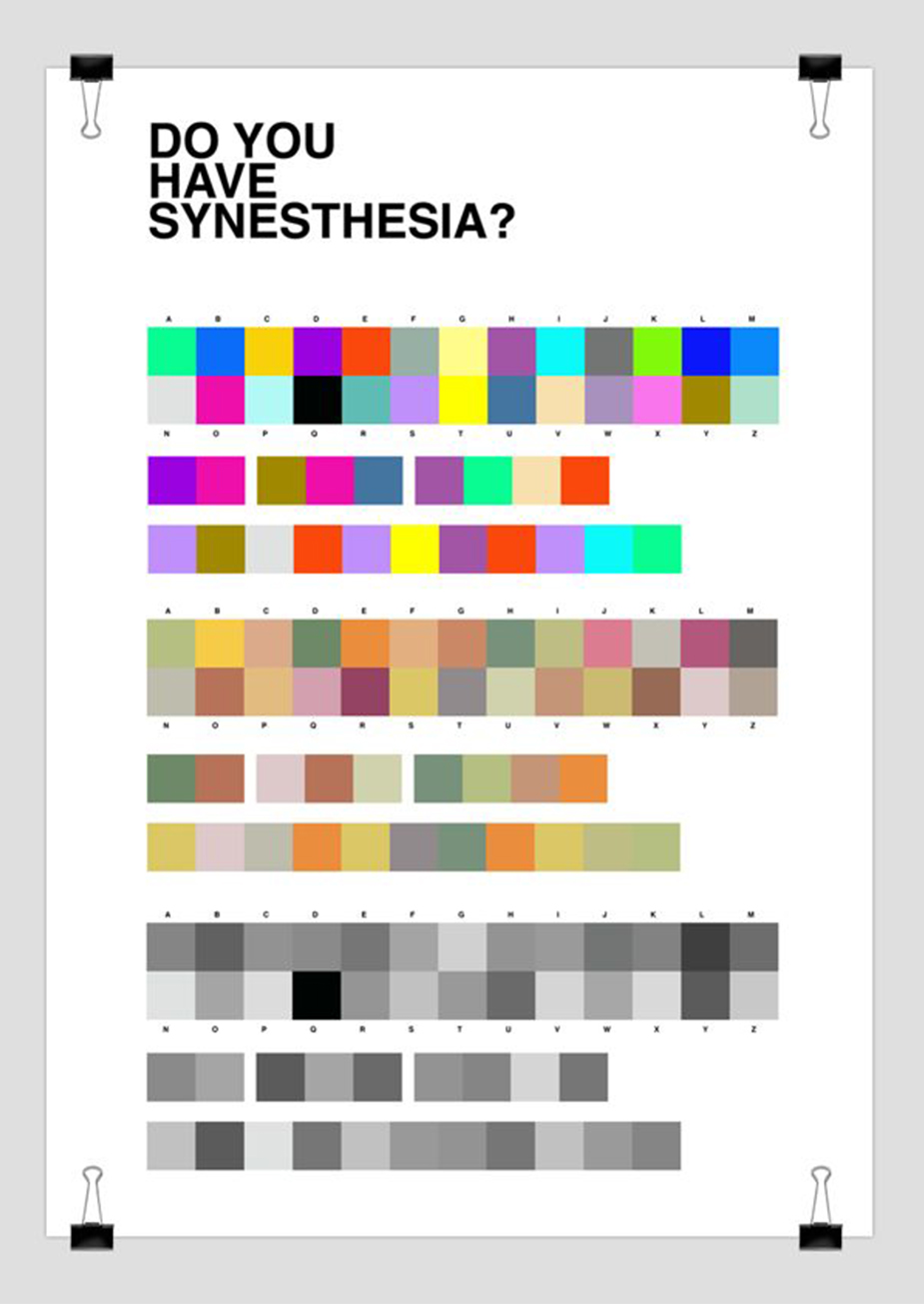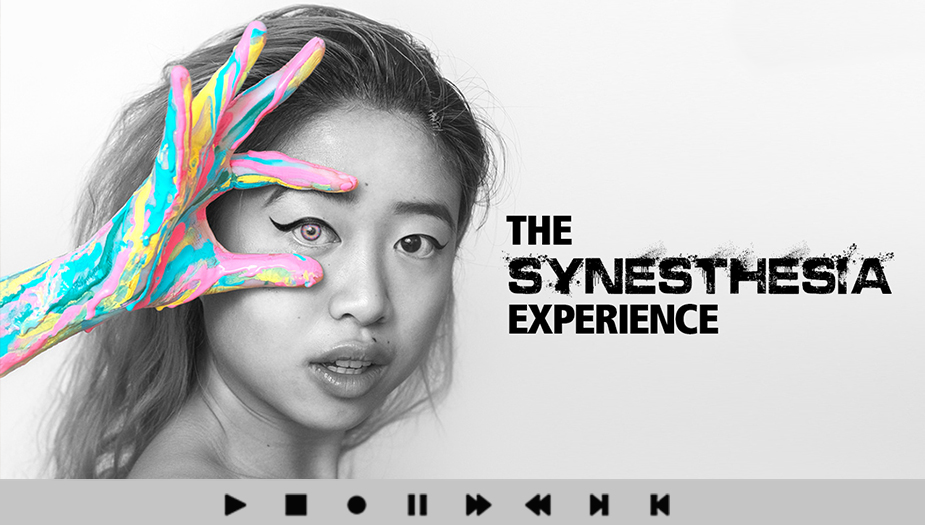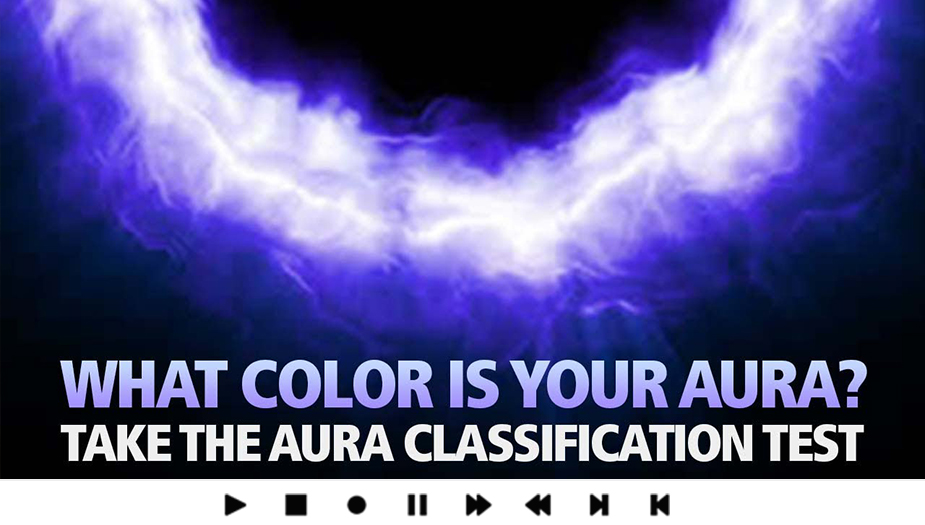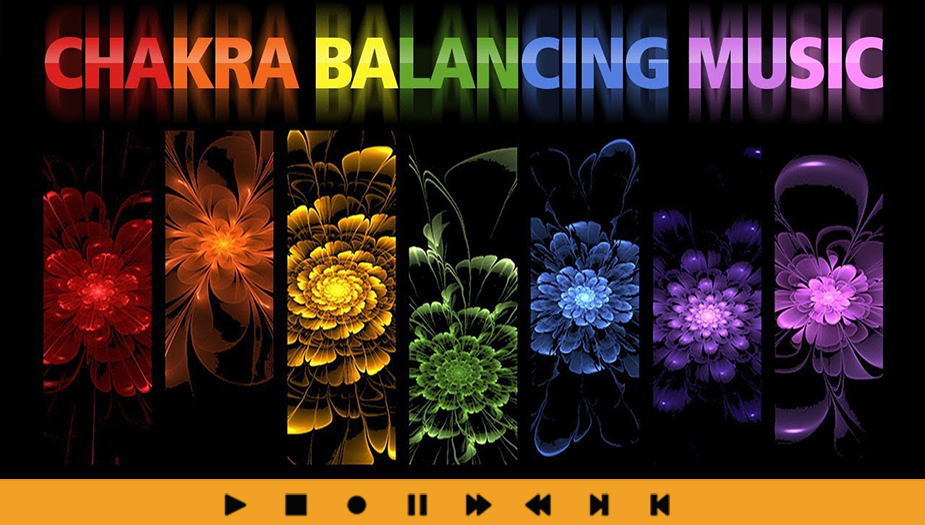Synesthesia Seeing Sound and Hearing Color

One in 2,000 people are synesthetes. As many as one in 300 has some variation of synesthesia. Seeing sound and hearing color are a few synesthesia examples. Explore this sensory condition and find out if you can learn synesthesia.
Synesthesia Examples
First of all, the ability mentioned above of hearing color and seeing sound are a few synesthesia examples. Even more, the condition of synesthesia is Greek origin and means to perceive together. Some synesthetes have natural abilities heightened with added color, sound, or feeling. For example, they might experience pain or pleasure manifested together with sound or color. Others taste shapes instead of perceiving color. In addition, another common condition of synesthesia is the ability to see letters or numbers as colors. Even more, “abstract synesthesia” is the ability to see intangible concepts like time or math as shapes, colors, or sounds. Even more astonishing, many synesthetes experience more than one of these conditions. While some find the experience pleasing, it can also be a burden. What is it like to see a sound and can you learn synesthesia? While this may be possible, it can also be difficult. However, there might also be a form of shortcut.

Synesthesia Experience
There are some more-common synesthesia examples, such as seeing sound and hearing color that will be covered in more detail shortly. What are some other experiences, and it is possible to learn synesthesia? Some experts believe that almost everyone has some kind of synesthetic experience on occasion. This minor experience might not be as strong as others and might be vague enough to miss if you aren’t paying attention. This is why audio and color induction videos can help trigger an event. A classic example is if you understand the concept of “cool” and “warm” color. Imagine this, but more strongly and vividly experienced, and you can begin to understand how a synesthesia experience feels. A synesthete will have intense manifestations of synesthesia, sometimes often. There is an influential association (some would even describe as a crossed-wire feeling) between sensory pathways. It can be subtle or powerful. It can be frequent or infrequent. YOU may have also experienced it at some point, with some even believing we all experience it to some degree.
Seeing Sound
Seeing sound is the most common form of synesthesia. For instance, these synesthetes will often see sound, music, or voices as colors. Even more, most people with this synesthesia will see these hues internally, in their mind. In addition, some synesthetes have these colors manifest outside of their body, at about arm’s length. It might be a cloud, blob, or patch of color that reveals with the sound they are hearing. Some synesthetes find this to be troublesome if the colors are too intense or appear too often. Most, however, consider this second sight a gift and treasure every synesthesia event. Similarly, many have declared they would be devastated if they lost their ability. Hence, some covet this capability, attempting to learn synesthesia. In addition to seeing sound, hearing color is also very common. There is a very good chance that you experience these, but just not as vivid as some. If you become aware of the ability, you may be able to train to enhance it.
Hearing Color
Synesthesia can occur between just about any combination of senses or cognitive pathways. For instance, while the two most common might be seeing sound or hearing color, these are not the only possible cognitive pathways. However, while there are many synesthesia examples, these are the ones people experience most. While seeing sound seems most common, with colors appearing with sound, the opposite is also well documented. To look at a color, shape, or number and hear an internal sound, music, or voice to accompany. Imagine hearing what the color blue or red sounds like, and you can begin to understand while synesthetes consider this a gift. Hence, some even go to great lengths to try and learn synesthesia, believing it will give extra insight into the world around them.
Other Types of Synesthesia
There are as many types of synesthesia as there are sensory pairs. There could be as many as 30 different pairs of sensory modalities. Taste-hearing, for example, is when you taste something upon hearing a sound. Another, sound-touch, produces an internalized sound when something is touched. Many of these sub-pairings are more common than others, with the most common being color-graphemic; when letters, numbers, and shapes produce colors and patterns. Color-auditory occurs when sound (such as voices and music) produces color and textures. These are broad categories, and there are many variations. Some synesthetes only experience intensity in digits and numbers. Others have vivid color associations with words or letters. The range of vividly is also vast, with some not even knowing they experience synesthesia, to those who have frequent and compelling experiences. Many await and love their synesthesia events, considering to have heightened and enhanced senses to the rest of the world – a super-power.

Synesthesia Research
First of all, synesthesia is not the same as a hallucination. While it is an auditory or visual hallucination, re: seeing sound or hearing color, it is not the same as (for instance) a drug hallucination. Synesthetes will generally fall into two categories: Projectors and Associators. Projectors will see color manifest in front of them. Associators see the color in their mind’s eye. Even more, synesthesia can also be faint. Many people with synesthesia never even realize they are associating sounds with imagery if it’s an indistinct or weak event. Are you questioning if you are a synesthete yet? A 2018 study in Proceedings of the National Academy of Sciences found that in synesthetes, there seems to be gene enhancements for the process that enables brain cells to wire up to their correct partners. But can you actually learn synesthesia? Have you had a subtle synesthesia event you may have missed?
Is Synesthesia a Disease?
Synesthesia is not a disease. It is not transmitted but inherited or potentially learned. There is no mental imparity, many claim it does not interfere with daily life, and most would describe synesthesia as a gift. Several researchers have shown that synesthetes can perform better on specific cognitive, memory, and IQ tests. Synesthetes are not delusional, there is no psychosis, and they do not have schizophrenia. Most Synesthetes do not feel a burden from synesthesia. That is, unless an adverse experience occurs, where a lousy taste happens from a sound – some have described the taste of sour milk, smoke, and other negative taste associations. Some color-graphemics have expressed annoyance in seeing a vibrancy of color when looking at numbers or letters, but this is a mild disturbance. In actuality, synesthesia is something that some covet. Many claim they have been training for years to learn synesthesia. Some want the additional senses it can bring, an extension of their third-eye. Many also consider the attempt to learn synesthesia a functional, cognitive, and possibly an achievable goal.
Synesthesia Characteristics
Synesthesia has the unique characteristic of being both involuntary, elicited, and irrepressible. A synesthete does not have to trigger the second sensory connection consciously. A stimulus will trigger a response, thus also obtained. A synesthete has no control over when a synesthesia event happens. Synesthesia is also very steady. A synesthete tested on associations gives the same answers of between 70% to 100% over years. Some assume that a synesthesia experience might be negative, panic-inducing, or overwhelming. You would think the combination of sensory pathways would be disorienting or distracting to everyday life. While this is true for some, it is not the case for most who experience synesthesia. Many synesthetes claim they find the experience pleasurable and not an interruption to life. Many consider it a beautiful gift and privilege; their life would feel incomplete if they lost their ability.

What Causes Synesthesia?
About 40 percent of synesthetes have relatives with the same condition. Above all, many synesthetes describe having the state since they were too young to remember. Even more, while this might make it seem like it is hard to learn synesthesia, there are shortcuts in the form of binaural induction. For instance, some experts believe that we are all born with synesthesia, but we lose the ability as we grow. How do some carry childhood ability to seeing sound and hearing color, while many of us lose our ability? Above all, there is much about synesthesia that is unknown. For instance, there may also be some benefits to being a synesthete. Foe example, cognitive enhancement, memory, and recall might be benefits of synesthesia. Another reason why many have turned to binaural induction to help learn synesthesia.
Learn Synesthesia
Want to learn synesthesia? For instance, maybe you have an interest in expediting what it is like hearing color or seeing sound? Even more, some of our synesthesia examples might intrigue you. The good news is that you can teach yourself synesthesia. However, it will probably be difficult. Above all, synesthesia might develop at a very young age. Hence, the older you get, the harder it might be to learn. Even more, some have reported taking hundreds of days to learn, attempting to associate numbers or letters with colors until it begins to manifest. However, another path to learn synesthesia is through binaural beats. This effect can be nearly instantaneous, with those listening to professional binaural sessions seeing colors or images as they listen. You can try this yourself, right now!
In conclusion, one in 300 has some variation of synesthesia. So, there is a chance you do as well. For example, seeing sound and hearing color are a few synesthesia examples you might experience. Want to induce the experience with binaural beats? Ready to explore this sensory condition and find out if you can learn synesthesia by trying a binaural induction sequence?
CLICK HERE TO TRY AND INDUCE SYNESTHESIA WITH BINAURAL BEATS.
TO ALL OUR READERS, today we humbly ask you to help our little blog. For over ten years now, BinauralBlog.com has been producing fantastic mindfulness articles. We do not beg for donations, use any intrusive popups, sell any form of user data, or fill our content with ads. How do we sustain ourselves? We need shares, plain and simple. The time has come for us to make a simple request. Please, if you enjoyed this article and want us to keep producing content - use any (or all) of the CIRCULAR SHARE BUTTONS ABOVE to help support our little blog. Thank you from the Binaural Blog, Founder & Team




Can someone clear this up for me please? I have a “kind of” friend who claims he can taste numbers. I almost died laughing when he said this. I still have trouble wrapping my head around this. How is it even possible? You don’t “eat” numbers. What am I missing?
This us one or the rare form of synestesia, as synestesia is an association of 2 senses, taste and Reading number can be associated 😉 as Well as word and odour, color and taste, etc etc 😁
Imagine feeling a warm green and smelling pot while your read "420" 🙃
Since I was very young I have been able to hear color. Not too intense just I hear a sound and know what color the sound is. A good song is a rainbow explosion.
I’m not buying it.
Because you’re not one lol
I have not heard of tasting numbers is possible to see numbers as colors I think
This was very interesting thank you for sharing. Is this a medical condition like do people get treatment for it?